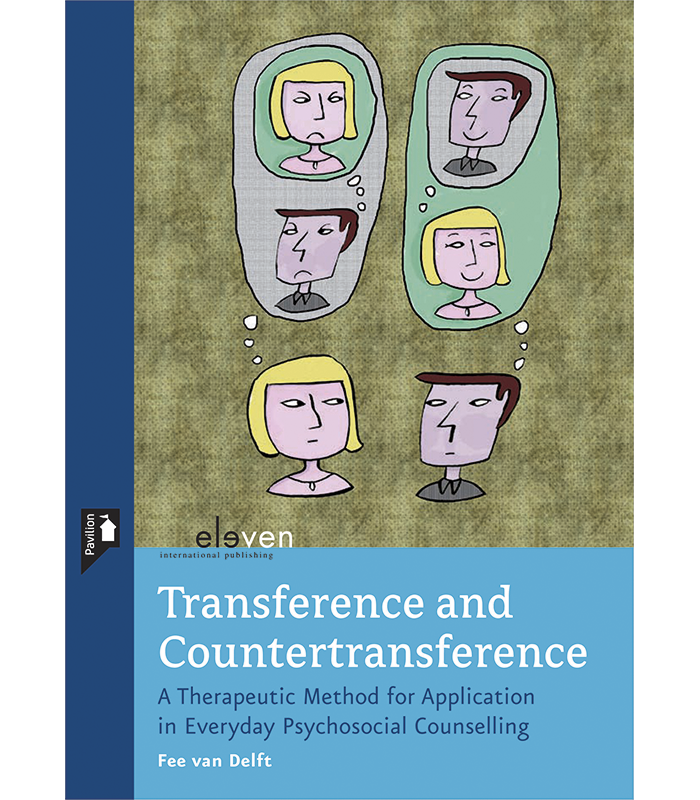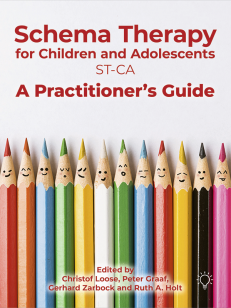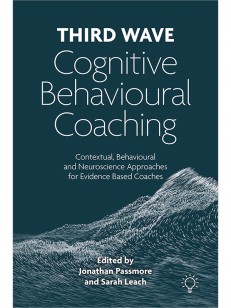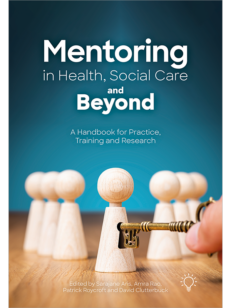Description
In this book, the therapeutic concepts of transference and countertransference, which were originally developed by Freud, are placed within the context of the daily practice of social careworkers and supervisors, in their contact with their clients.
The term transference refers to the way in which old feelings are ‘transferred’ unconsciously by the client onto the care worker or supervisor. Countertransference describes the opposite: the unconscious transference of feelings from the care worker or supervisor onto the client.
In transference and countertransference alike, we project our expectations about how we are seen onto the other person. We interpret for ourselves how we think the other sees us and feels about us. In doing this we run the risk of ‘getting it wrong’ and herein lies a potential source of miscommunication: in fact ‘getting it wrong’ can have a fundamental impact on the supervisory or coaching process and on the very quality of the interaction.
Audience
This resource is aimed at managers, coaches, counsellors, personal supervisors and frontline practitioners in social work, care and educational settings.
Details
ISBN: 9789490947507
Publisher: Eleven International Publishing
Publication: 06 August 2012
Content:
The first section of this book explores concepts deriving from different theoretical approaches, including Psychoanalysis and Transactional Analysis. The subsequent chapters give practical examples to anchor this theory in the daily practice of careworkers and supervisors. The book concludes with a chapter that offers help from a professional perspective in learning to deal consciously with transference and countertransference issues.
Chapter 1: An initial exploration of the terms transference and countertransference;
Chapter 2 Transference and countertransference;
Chapter 3 Transference and countertransference seen from the child position;
Chapter 4: Defining features in daily practice; Chapter 5: The professional conduct and skills of the practitioner.







Reviews
There are no reviews yet.